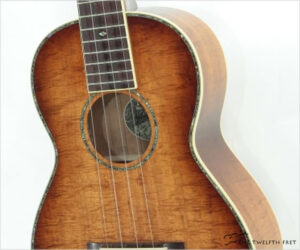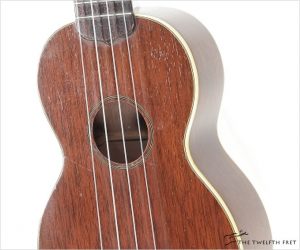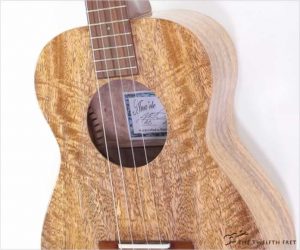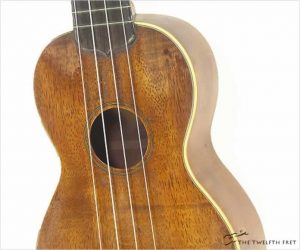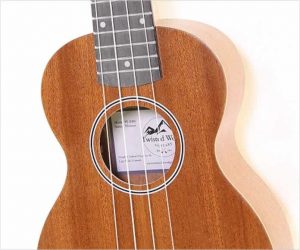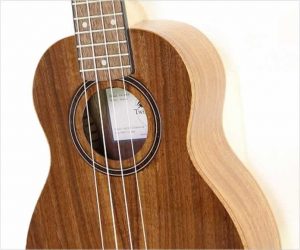Here we have a Martin Style 2K Soprano Koa Ukulele built around 1923 in Nazareth, Pennsylvania; this model debuted in 1918 as the Style 2, with the 2K Koa option until 1933, and as the Style 2 until 1965. In 1923, nickel patent tuners took the place of the original wooden friction pegs, helping date this instrument; at this point Martin Ukuleles did not receive serial numbers. This Martin Style 2K Koa Soprano Ukulele is in good working order and sounds quite good, with a warm, sweet tone.
Vintage
Price: $1,699.99 CAD
$2,199.99 CAD
This instrument has sold
MORE →
